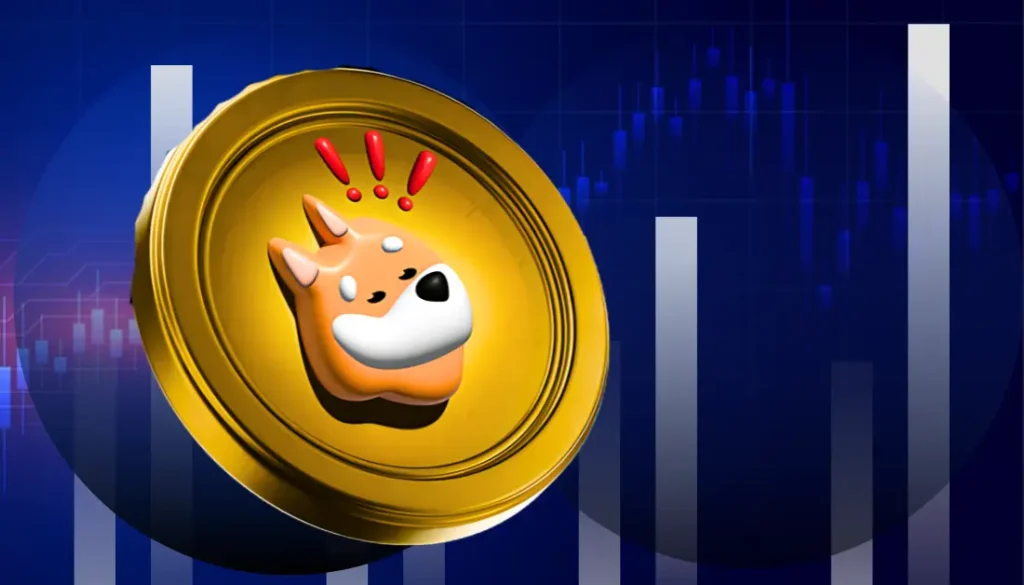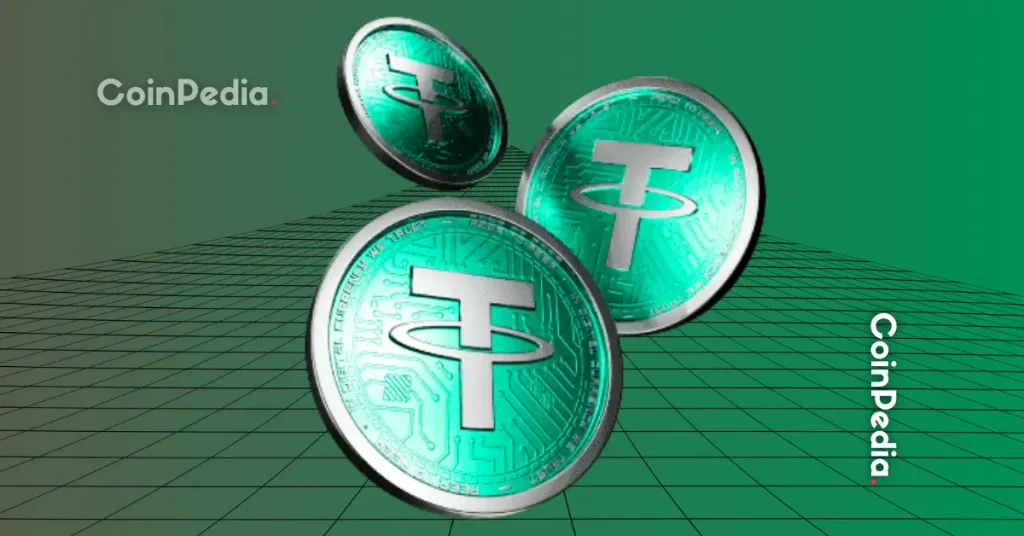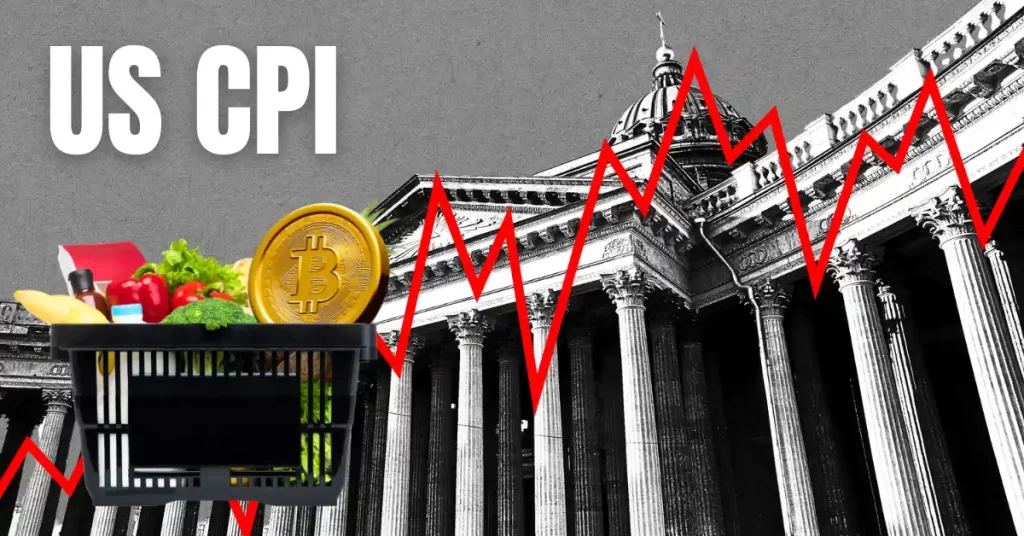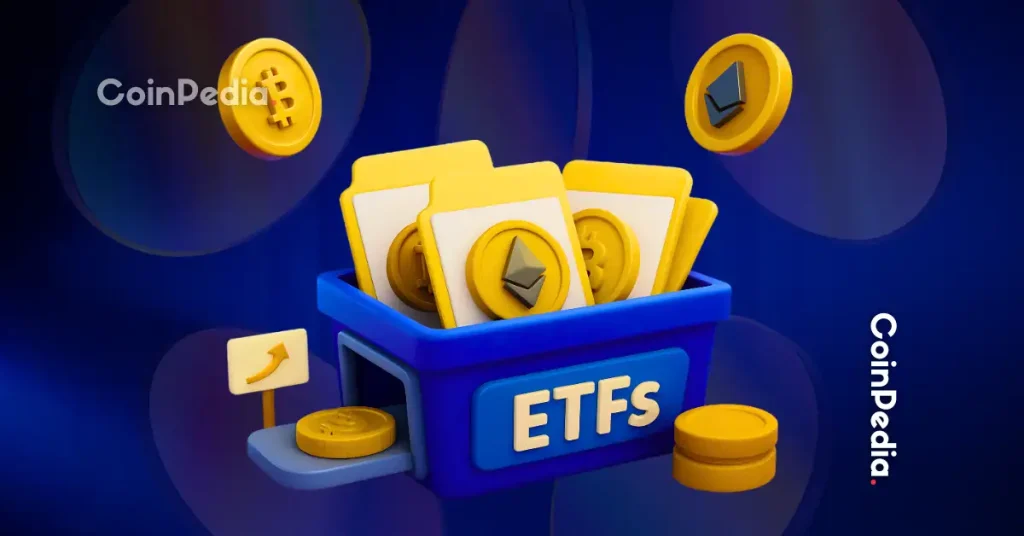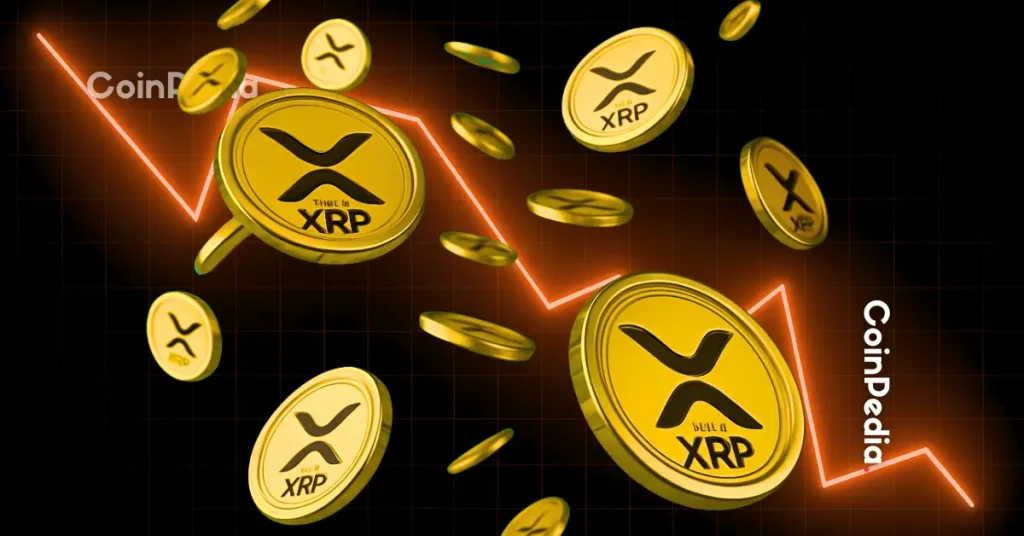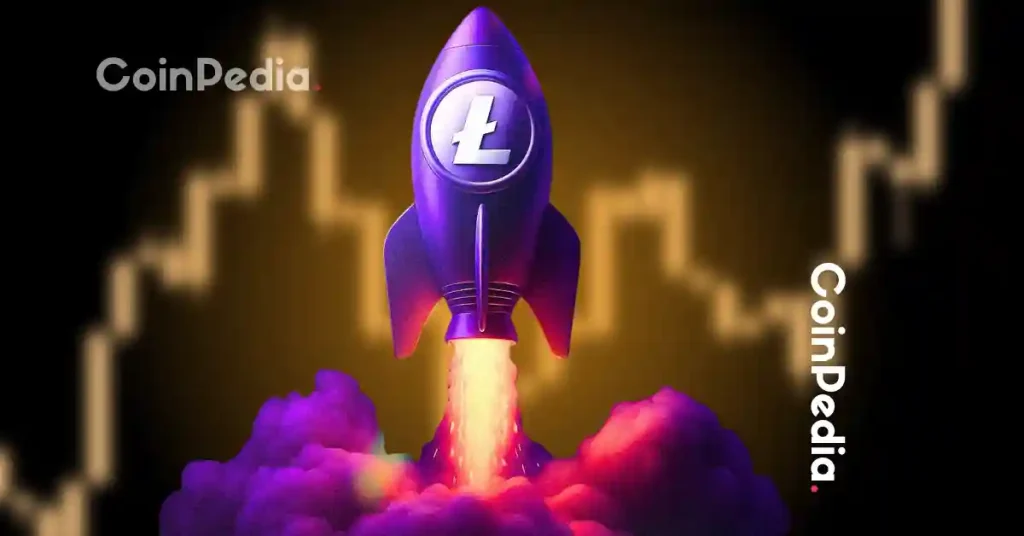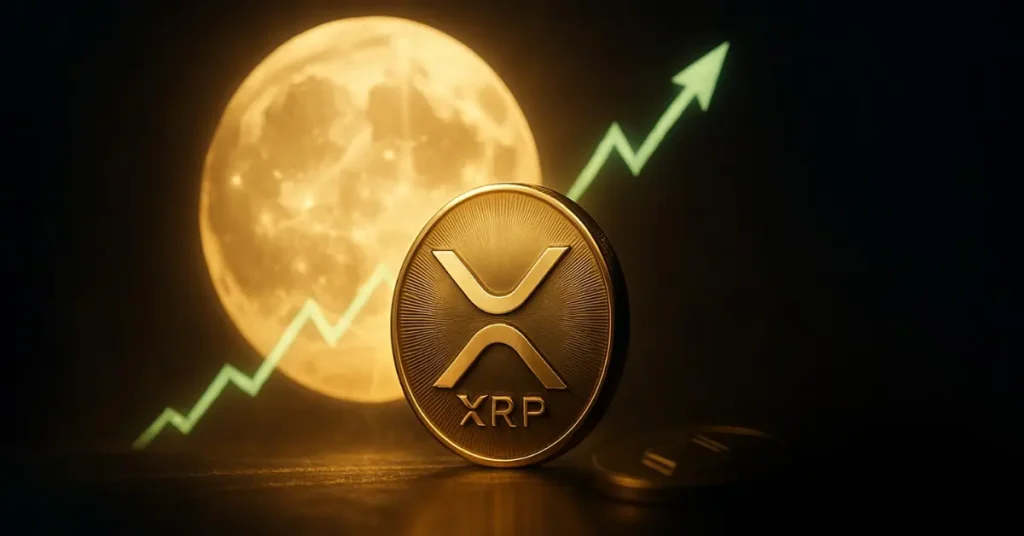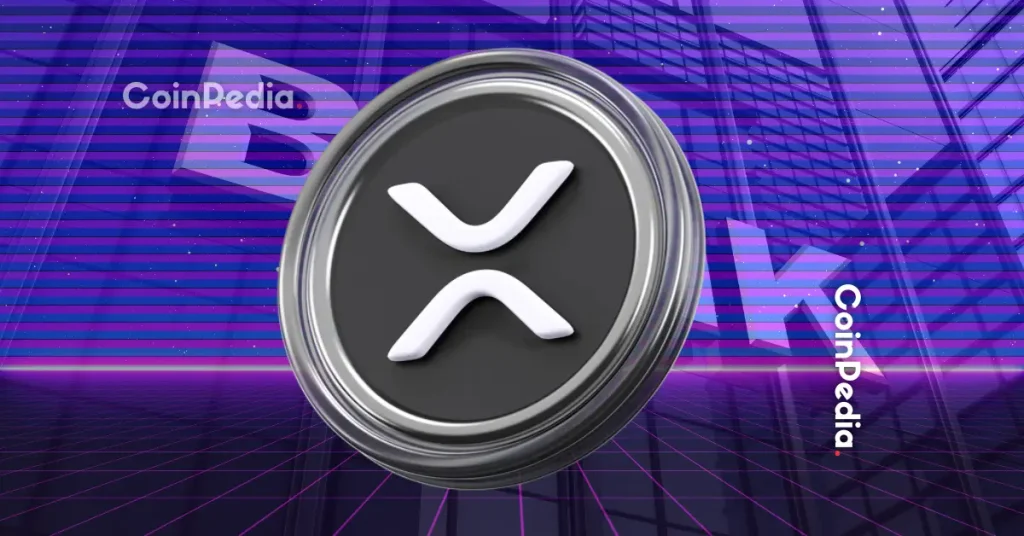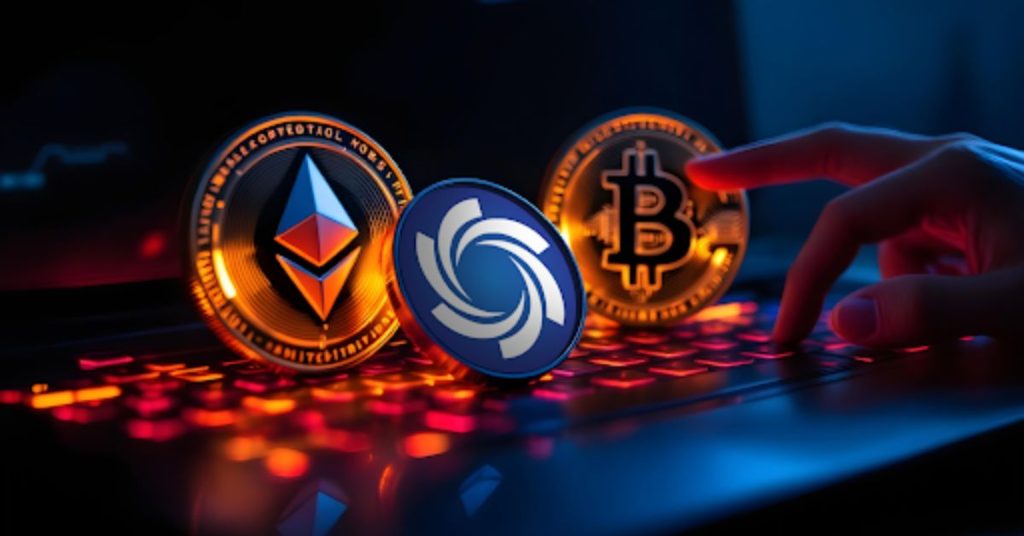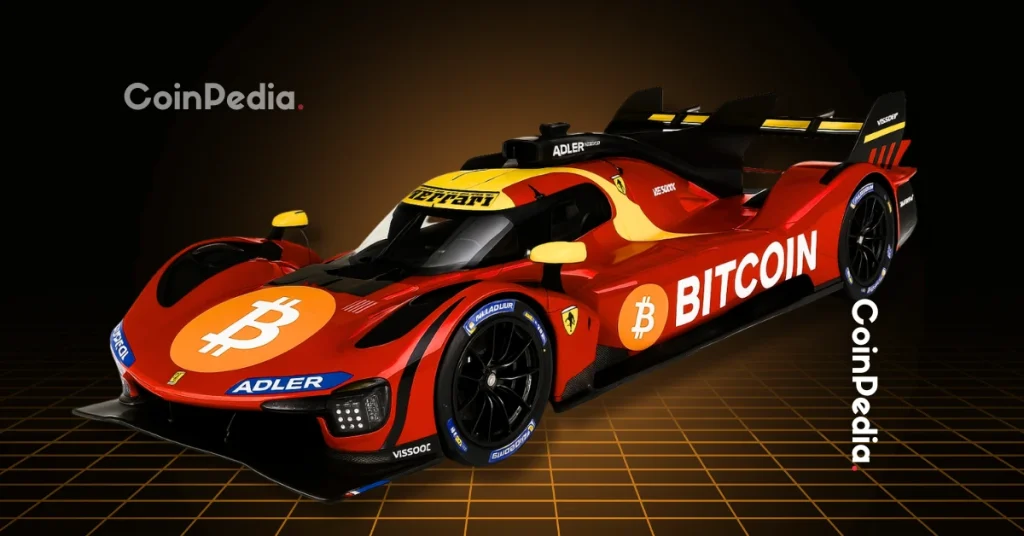Summary The VanEck Bitcoin ETF (HODL) is not recommended due to short-term macro uncertainties, despite its slight edge over competitors like IBIT. HODL's current advantage stems from its expense ratio waiver, which may extend beyond 2026, offering marginally better returns for large investments. HODL has shown higher trading volumes and increased BTC-USD holdings, but its volatile market price and tracking error pose risks. Bitcoin's long-term potential remains strong, but mainstream acceptance and intrinsic value recognition are still hurdles for retail investors. The world of Bitcoin ETFs has significantly expanded—or exploded, rather—since they were first approved in January of last year. Of those first 11 pioneers of exchange-traded BTC-USD products, my pick for today is the VanEck Bitcoin ETF ( HODL ). No, not an investment pick. Just one to analyze for my own and my readers' benefit. I don't recommend this ETF, I'll tell you that much up front. The rest of this article tells you why. How Does HODL HOLD Up Against Other Spot Bitcoin ETFs? Total assets across the buffet spread of spot Bitcoin ETPs are now at the $100 billion mark , give or take. Of that, BlackRock's iShares Bitcoin Trust ETF ( IBIT ) grabbed the lion's share of fund inflows over the past year and a bit and now trades with an AUM of a shade over $47 billion. In many ways, this is the ultimate way to invest in bitcoin without holding the actual crypto, so you don't really need to look elsewhere. SA The reason I say this is that these ETFs are very closely correlated, so unless your investment is pretty large, you won't see that much of a return delta between the 52 or so spot bitcoin ETFs currently being traded on major bourses. The difference becomes starker as the investment size scales up, of course, but for most retail investors, the difference is only measured by what the fund charges as an expense ratio. Some of these ETFs, like HODL itself, have waived their fees for the first couple of years to make themselves more attractive to newer crypto investors, which allows these funds to slightly outperform their peers. SA Those with a sharp eye will immediately notice that HODL outperformed the majority of its peers across various timelines, beginning from the 1Y mark all the way in to the 1M mark. The outperformance was in basis points rather than whole percentages due to the correlation I mentioned, but if your investment is large enough, this would be the ETF to look at. Well, at least until the ER waiver expires next year. They could extend it, but if they don't, then your return will be more aligned with that of IBIT or the Invesco Galaxy Bitcoin ETF ( BITB ), both of which do charge for expenses. That's a very slim edge, in my opinion. Regardless, if you're looking for the best price appreciation over time, I'd put HODL forward as being among the best vehicles to get there in. Again, not as an investment pick because the big question of price appreciation needs to be addressed... and that aspect—the macro angle—doesn't look too good in the short term. A longer investment horizon might be able to accommodate the uncertainties of BTC-USD, but my advice would be to stay away from HODL for now, even though it looks better than IBIT. Let's explore that last point because, when the time comes, you're going to want to hop on to the vehicle that returns more, even if that “more” is marginal. As I said, at scale, it could make a big difference. HODL versus IBIT The absence of an ER is one of the key drivers giving HODL its current (albeit sliver-like) edge over IBIT. There's also the question of greater volatility in trading volumes, as you can see. Data by YCharts HODL saw higher trading volumes as soon as Trump took the oath, while IBIT continued to see a decline in transactions. Overall YTD volume was flat, so it's back to normal, but the decline in IBIT's trading volumes is a telling point because it shows that investors are either gravitating across to slightly better-performing ETFs—or simply gravitating out of BTC-USD exposure altogether because such indirect exposure via ETFs doesn't capture the full price action of the underlying crypto stash, as indicated by the performance differential between the benchmark index and the ETF's market price since inception. VanEck That's a pretty significant tracking error, and that matters when the intrinsic value of the sole portfolio asset (although “intrinsic value” might not be the right term here) is completely at the mercy of investor sentiment. But investors are also aware, I think, that HODL's volatile trading volumes also indicate that the market price fluctuates more wildly around the premium/discount to NAV baseline now than before. VanEck, Author On the plus side, however, the fund has been acquiring BTC-USD at a frantic pace, with its stash now amounting to 14.36k of digital assets. Just three months ago, when the 10-K was filed, we saw that figure at 13.72k, so that's nearly 4.7% up from the previous sequential quarter. VanEck These are the little things that give HODL its edge, and I think the reason is that investors now have a lot more options to pick from, so these minutiae do matter. I'd be willing to bet that the ER waiver on HODL will be extended beyond its 2026 deadline—if only to keep returning those additional basis points over its biggest competitor, IBIT. I also foresee more bitcoin acquisitions happening over the coming months as the cryptocurrency prepares for its next leg up. More on that just below. Parting Thoughts, and Why HODL is a HOLD From Me Despite the crazy volatility that bitcoin has gone through since the presidential elections, its price action stays true to an inherent pattern of setting higher highs and higher lows. TradingView To long-term BTC-USD investors, it might be a walk in the park, but for most retail investors who are testing the waters with spot bitcoin ETFs, it can be a wild ride. You can clearly see how interest waxes and wanes in peristaltic spurts, but even these waves of deserters leave the crypto more valuable than when they got in, benefiting long-term investors and actually growing that base over time. In other words, there are more investors now than ever that will stay the course and see it through to whatever price targets gurus like Peter Brandt and Chamath Palihapitiya are predicting. That's anywhere from $120k to $500k by the end of this year. That's a good reason to stay invested in HODL, but as for buying now, I think there's still a long way to go before mainstream retail investors look at BTC-USD and these spot bitcoin ETFs as actual assets with intrinsic value. For most assets, that value comes from some sort of backing—cash flow in the case of equities, for example. While many argue that bitcoin's intrinsic value arises from basic characteristics such as scarcity, security, and utility there are still a lot of investors who would rather trust cash, gold or treasuries over bitcoin. For that reason, I'm not recommending HODL. If it's not for you, it's not for you. If it IS for you, however, then this is probably one of the better-spot bitcoin ETFs available today—solid track record, an ER waiver that helps give NAV growth an edge over larger rivals like IBIT, and the ultimate promise of bitcoin as a universally accepted asset of intrinsic value.



